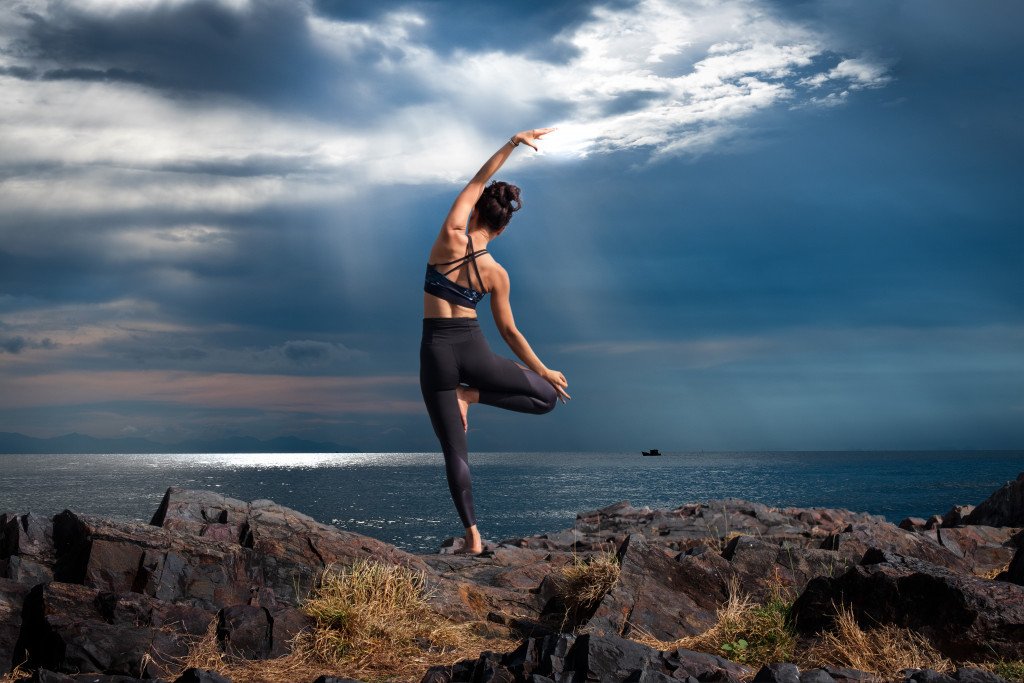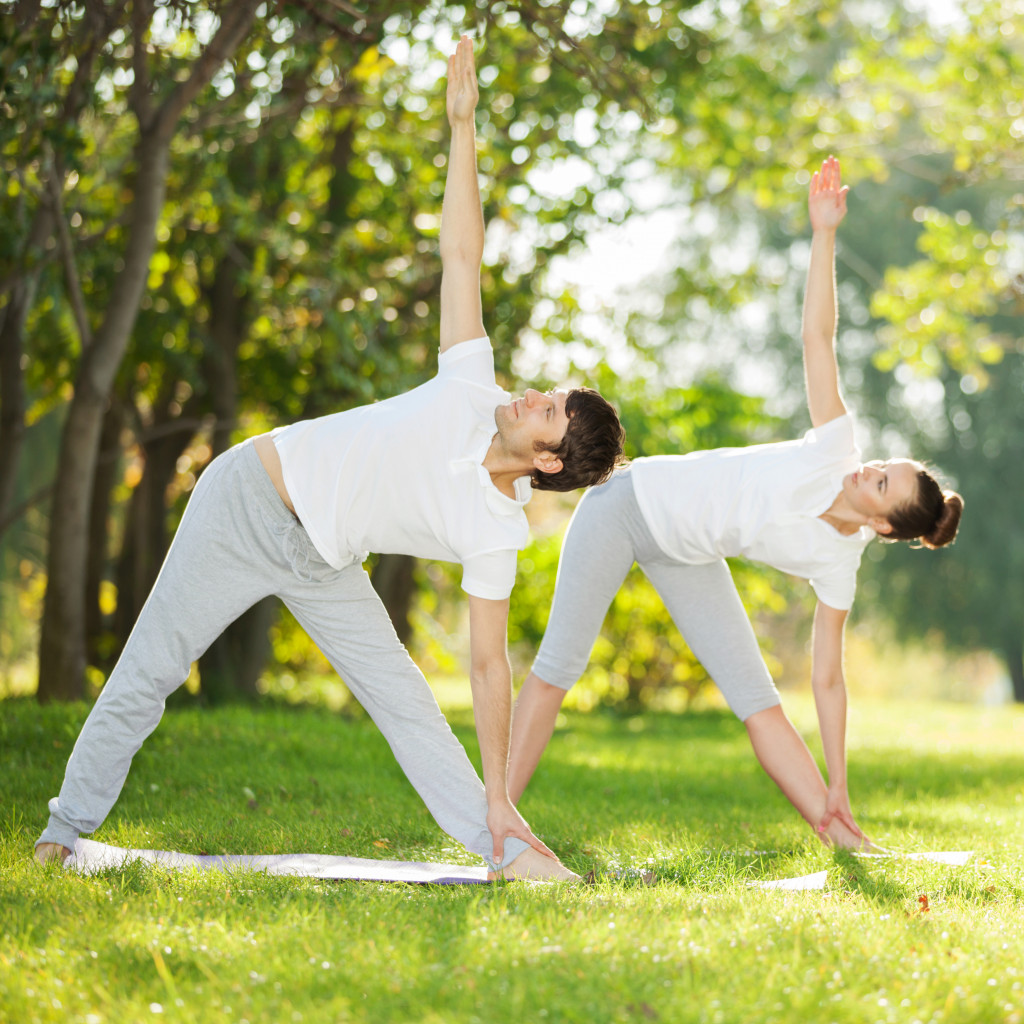Being able to do splits, touch your toes, or reach for the top shelf effortlessly gives you more than just bragging rights. It also means that you can take your body through its full range of motion, as it should, without feeling any pain. More than that, flexibility is an important skill to master as it can do wonders for your well-being.
Flexibility also comes with several physical and mental health benefits, including:
- Reduced risk for injury – stretching is a staple in warm-ups and cool-downs because it helps prevent injury. This is because stretching significantly increases your tendons’ viscosity and makes them more compliant when doing high-impact activities.
- Less pain – a visit to a chiropractor clinic will show you that, more often than not, body aches can be treated with a few stretches and adjustments. See for yourself. Roll down your yoga mat and practice deep stretching for 15 minutes. You’ll start to sleep better as deep stretching promotes blood circulation in areas that have been dormant (aka stiff and painful).
- Improved posture and balance – muscular flexibility leads to improve your body’s alignment and other imbalances. Plus, improving your range of motion will make it easier for you to sit or stand longer.
- A more positive state of mind – flexibility and range of motion issues cause pain and discomfort and affect your mood and mental health. By improving your flexibility, you’re giving yourself more freedom to move and fulfill different tasks without feeling sluggish. In other words, it can put a spring to your step, which can lead to a more optimistic disposition.
- Improved physical performance – flexibility is like a prerequisite for endurance as it directly influences your ability to hold a certain form longer or do different movements at a steady pace. So if you’re aiming for better muscle endurance, consider adding flexibility exercises to your routine.

Improve Your Flexibility With These Exercises
Now that you know why flexibility matters, it’s time to learn about the different exercises that will help you stretch out those tendons and muscles. These activities include:
Deep Stretch Yoga
A deep stretching routine is essential for improving whole-body flexibility. While regular yoga alone can help with this, a deep stretch session can instantly wake up dormant muscles and tendons. Doing this exercise a few times a week can also help you reach your peak flexibility faster. More importantly, any yoga is a mind and body practice that promotes healing and relaxation. So you’re getting a lot more benefits on top of improving your range of motion.
Walking up the stairs or a hill
You might think that walking up the stairs other than having no choice or running up a hill is just a cardio workout on steroids, but it’s also a good flexibility workout. It helps increase your bone density and joint flexibility, too, allowing you to take on more challenging workouts such as strength training and high-impact exercises.
Dance
Nearly all types of dance exceed the limits of what we think the human body can do. Dances like ballet, hip-hop, contemporary, and niche dances like pole dancing include movements that defy gravity and get every joint or muscle pumped up. So if you’re looking for something light but effective in improving flexibility, consider taking a dance class or follow dance covers on YouTube.
Tai chi
Tai chi has evolved from martial art therapy to a graceful exercise, especially for older adults with joint problems and inflammatory conditions. This exercise features gentle, flowing movements accompanied by deep breathing, which promotes both focus and relaxation. Think yoga, but with slow and steady movements and a self-defense element. On top of that, it can do wonders for your agility, flexibility, balance, and stamina. But that’s just scratching the surface. Tai chi also holds several physical and mental health benefits, from improved sleep to lower blood pressure.
Pilates
If you suffer from chronic lower back pain, your doctor might advise you to join a pilates gym. That’s because this exercise was designed to alleviate ill health. Pilates involves a wide range of controlled movements that, if practiced consistently, result in marked improvements in strength, flexibility, control, and endurance. This system of exercise promotes physical and mental health, much like yoga, but with different tools and instruments to help you achieve the proper form.
Improving your flexibility is proven to help increase your ability to perform different tasks efficiently, prevent pain and injuries, and manage stress. So as you design your fitness regimen, be sure to make flexibility exercise a priority.

